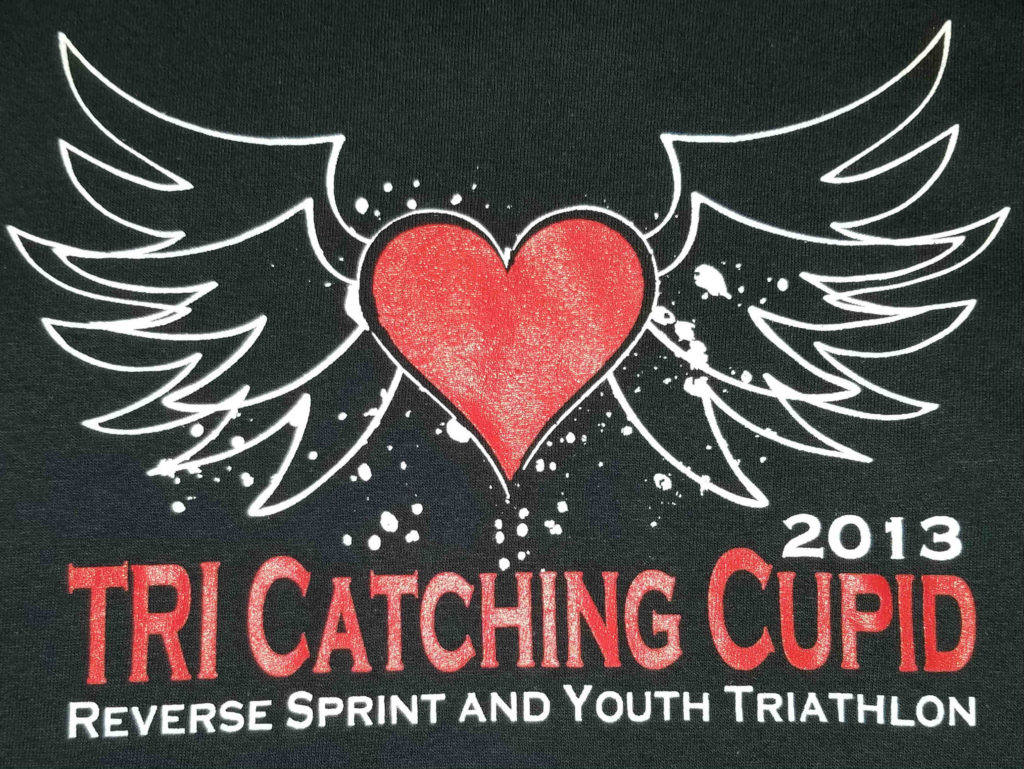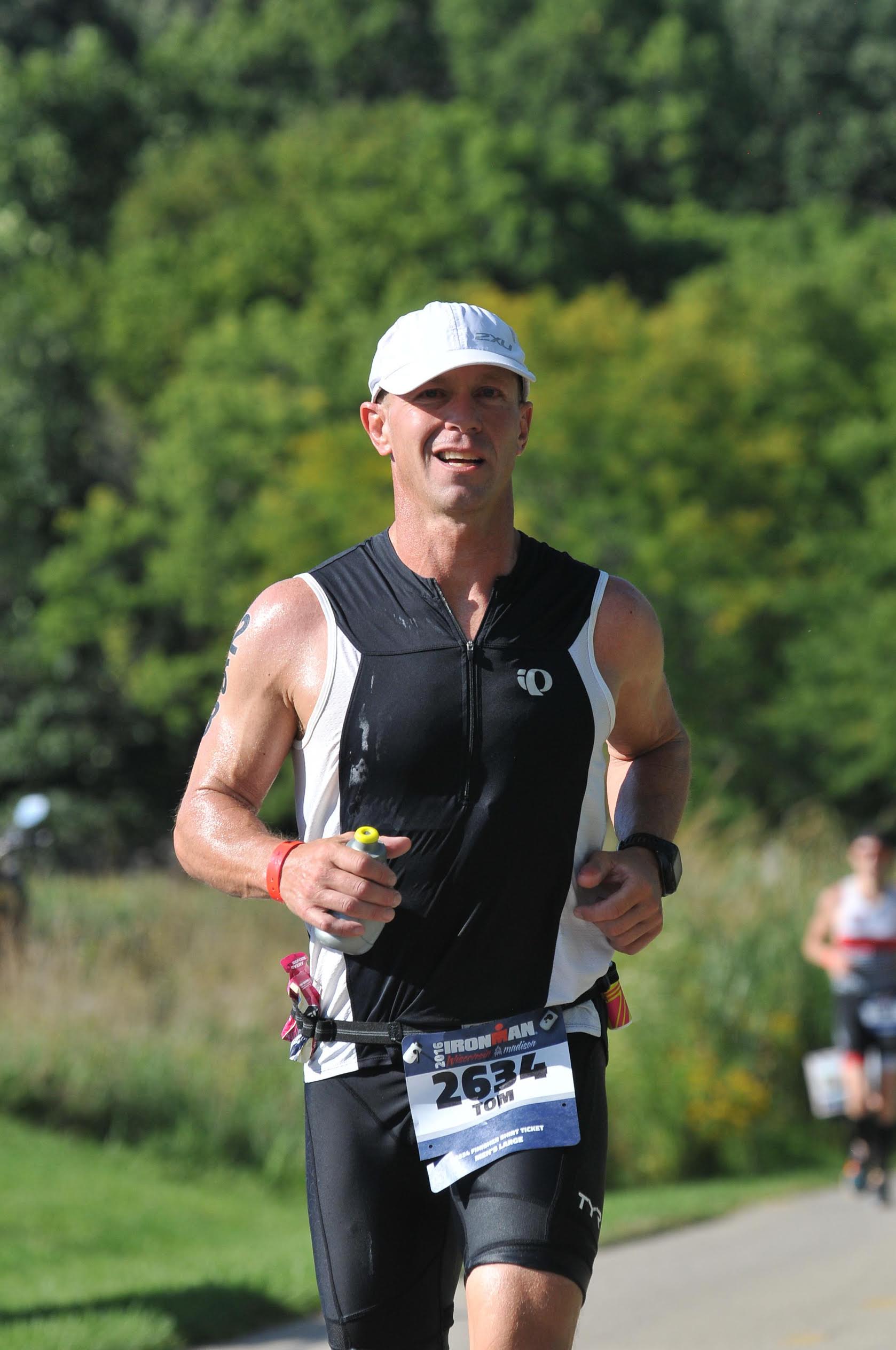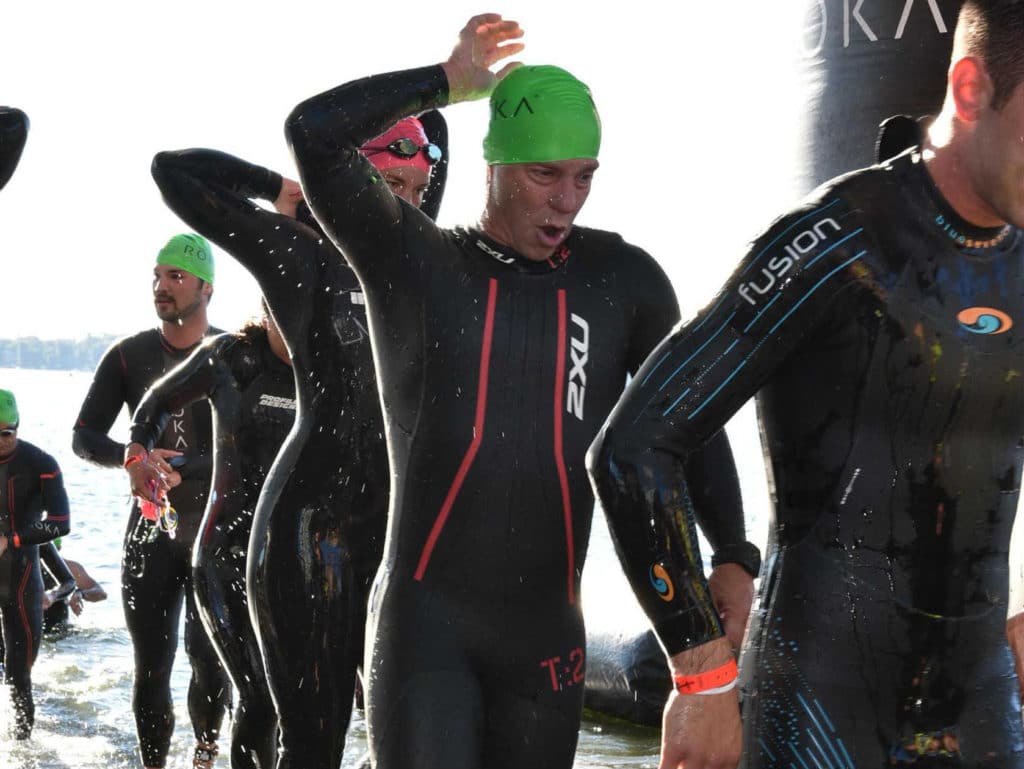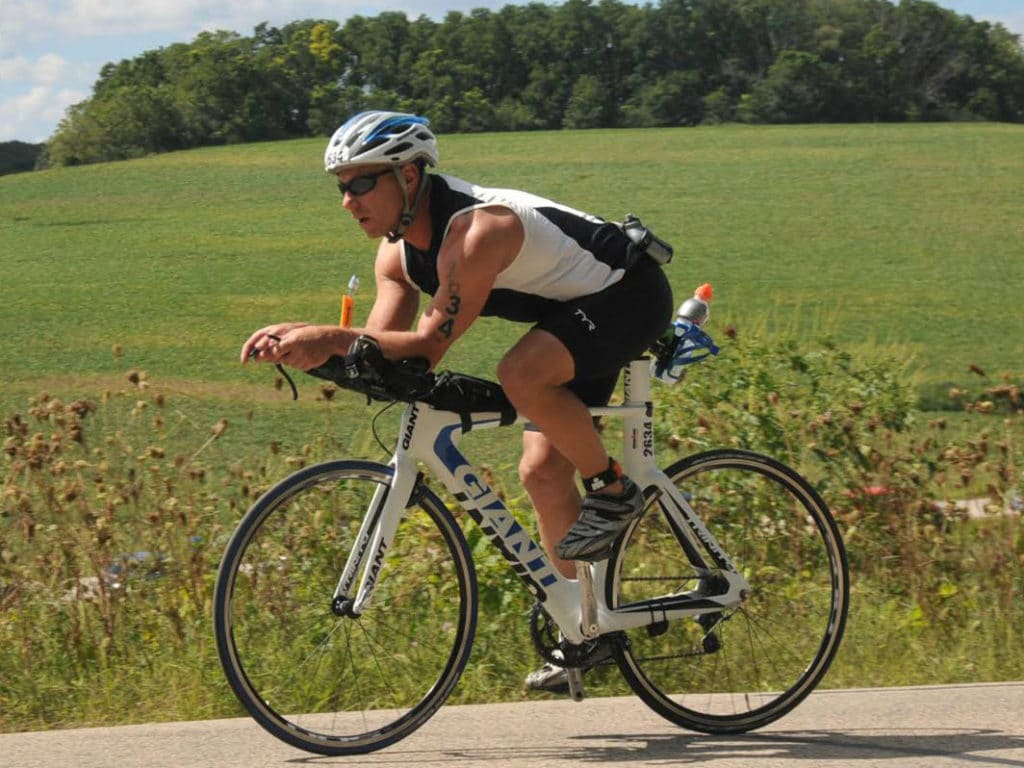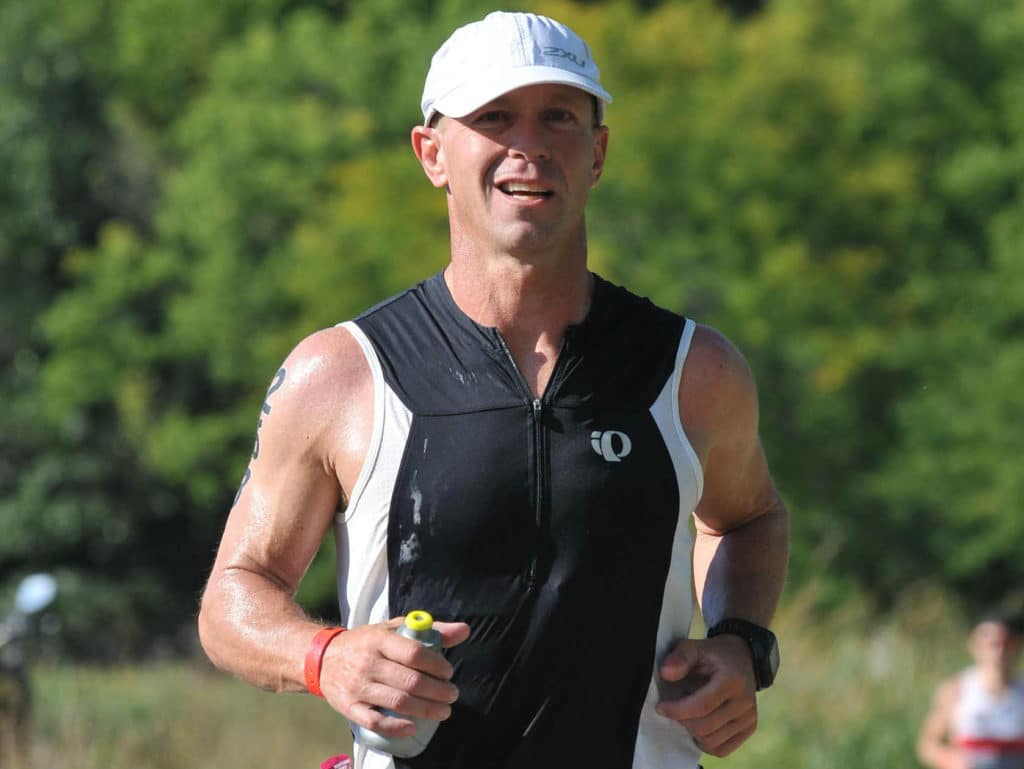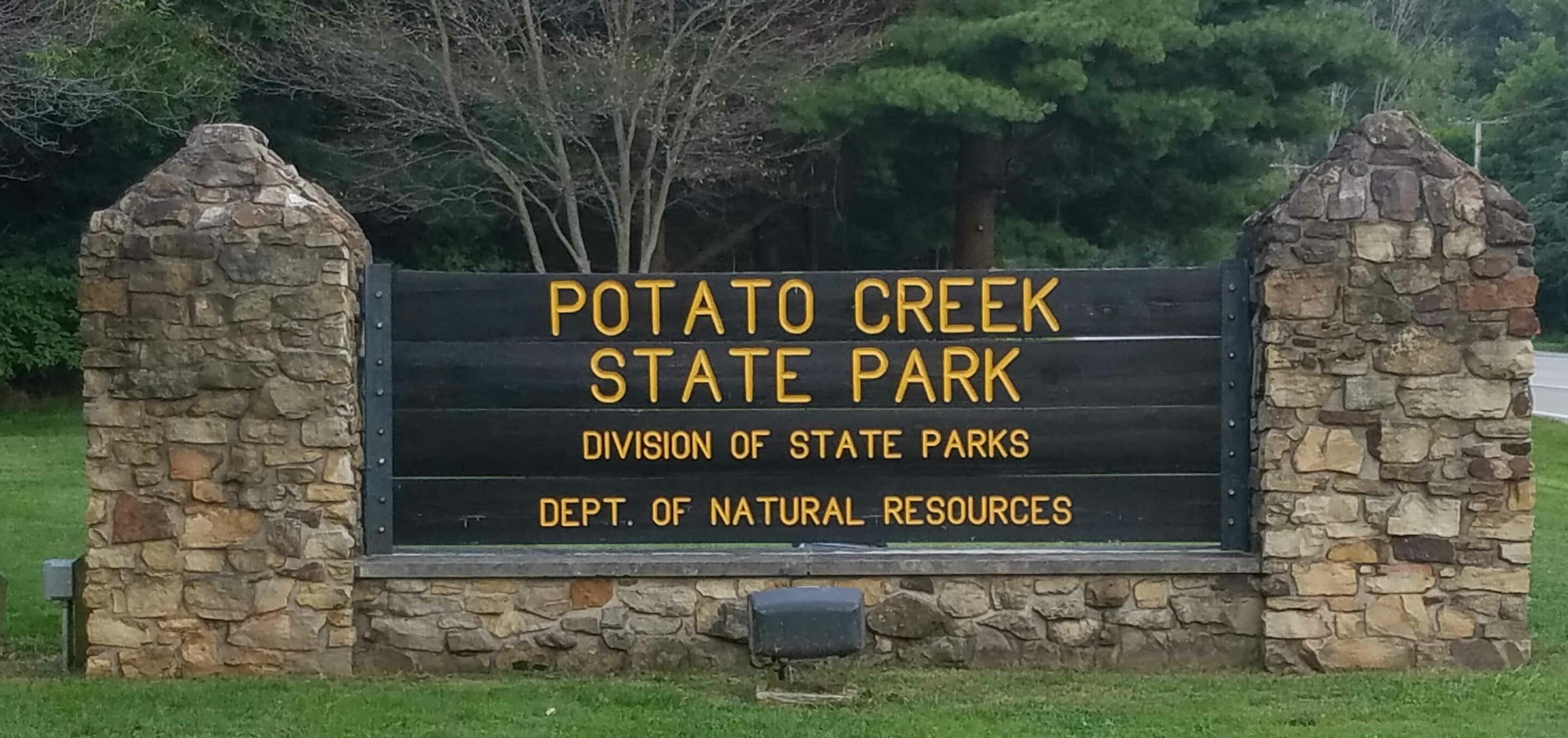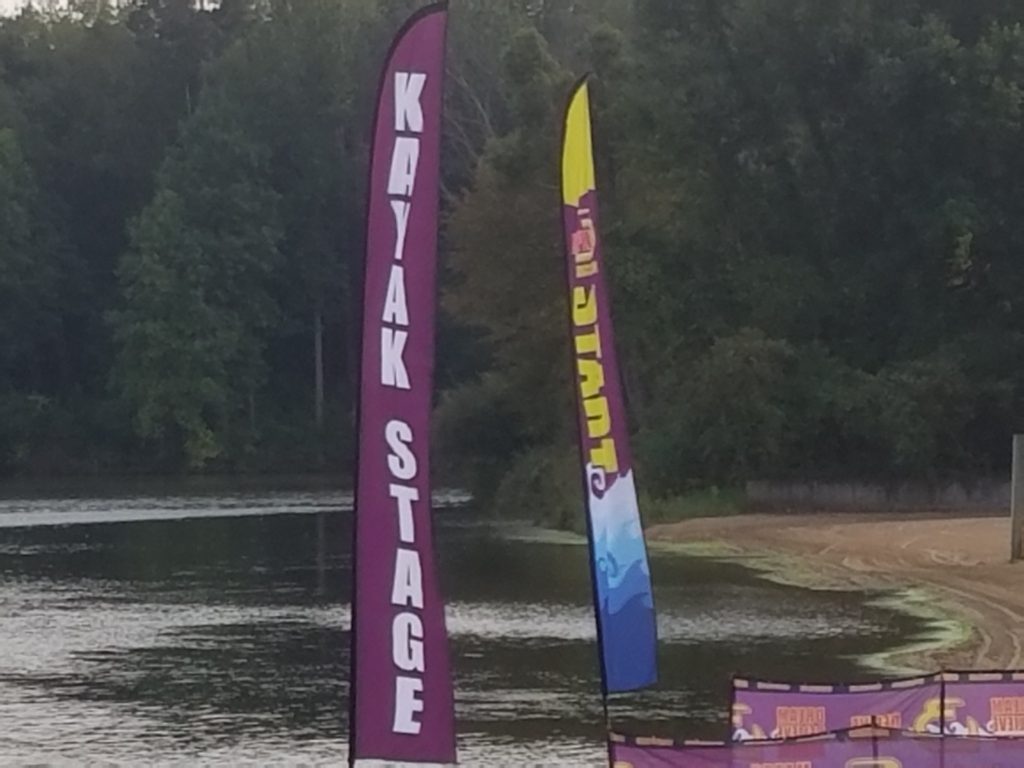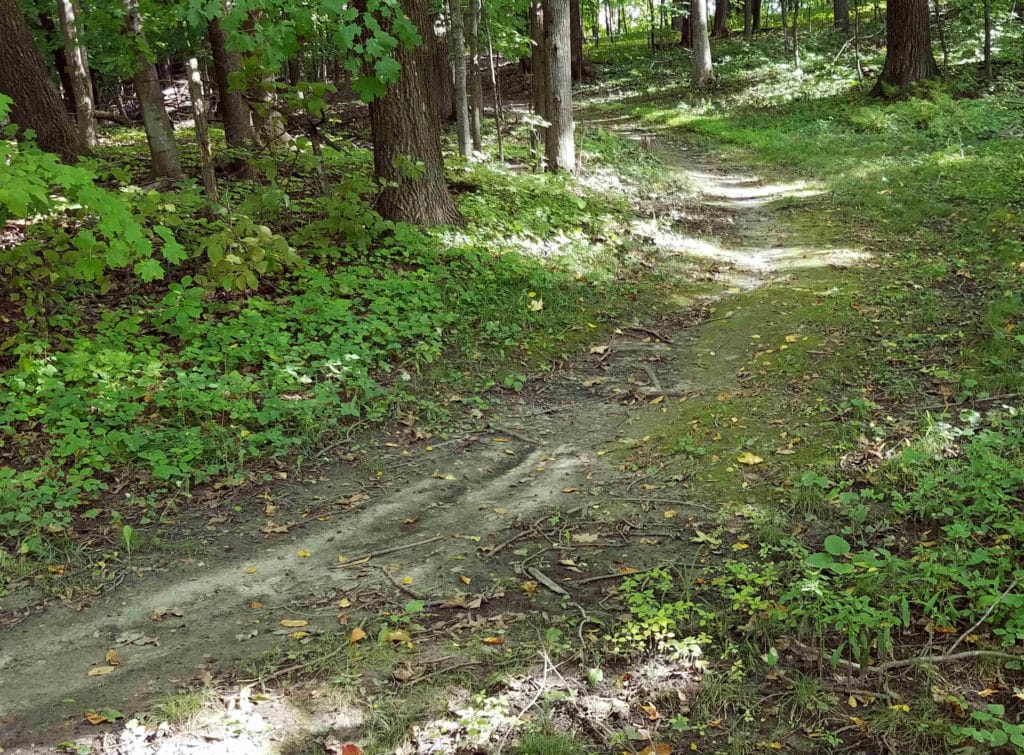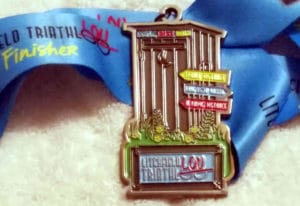Triathlon Across the USA: State #12–Arizona
Mesa, Arizona; February 9, 2013–2nd Annual Tri Catching Cupid Reverse Sprint Triathlon, Skyline High School.
There is no shortage of reasons to do a triathlon. Among them are ones in “15 Reasons for Those 50 and Older to Do Triathlons“. In some cases, the race is secondary to other, more important goals. While being a fun race, the Arizona triathlon fit the latter.
Why This Arizona Triathlon?
In the case of the Arizona triathlon, escaping the cold and ice of Minnesota during February could have been enough incentive for this race. However, there were other benefits to this triathlon.
Arizona has been home to many family members. In 2013, these included Joy’s aunt Evelyn who lived in Mesa and attended the triathlon with us. We also visited Joy’s aunt Delores and uncle Bob in Vail, Arizona, south of Tucson.
The trip also provided an opportunity to get in some outdoor activity in February not involving snow or ice.

Getting to the Arizona Triathlon
With plans to meet family members, enjoy the warmer outdoors, and compete in the triathlon, we left Minneapolis on Thursday evening with my triathlon bike as part of our luggage. The partially disassembled bike was securely packed in the Thule bike case and checked as luggage on Delta flight 999.
Upon arriving in Phoenix and picking up our luggage (including the oversized black bike case – traveling with a bike is another story for a later time), we drove to Aunt Evelyn’s house in Mesa and proceeded directly to bed.
After breakfast the next morning, Aunt Evelyn and Joy got in a few hands of the card game, Golf. Meanwhile, I reassembled and test rode my bike. I was now ready for the triathlon.
2nd Annual Tri Catching Cupid Reverse Sprint Triathlon
What is a reverse triathlon? As the name implies, it is a triathlon in which the order of the events is reversed. Instead of the swim-bike-run order of a traditional triathlon, the order of events in a reverse triathlon is run-bike-swim.
The triathlon was held on and around Skyline High School, making use of the school’s track and aquatic facility.
Distances for the individual legs of the Tri Catching Cupid reverse sprint triathlon were:
- Run: 3 mile (4.8 km)
- Bike: 12 mile (19.3 km)
- Swim: 400 yards (366 m)
Run
This was the first race of the season and a test of the training that I followed since the last race in Clearwater, Florida the previous November. Since that race, the run training plan I followed involved three runs per week:
- A ‘long, slow’ run of 6 miles during which the goal was to keep my heart rate within the aerobic zone,
- One session of interval training involving 5-7 repeats of short (0.25 to 1 mile) bursts of high intensity followed by a recovery period aimed at reducing my heart rate to within the aerobic zone, and
- A ‘brick’ (bike followed by run) session involving a 3 mile run after a cycling class.
For the Arizona triathlon, the run course started on a quarter mile track inside an outdoor track and field center. True to the name of the event, a young man dressed in a Cupid costume led the runners on the run course.
After one lap of the track, the course continued outside the facility on sidewalks and running paths north of the transition area. The loop eventually led back to the transition area next to the pool and track.
The good news was that I met the time goal I had set at the beginning of the previous three months’ training.
Bike
The 12-mile bike leg consisted of three loops of a one mile square section (four miles per loop) of public road. This leg was uneventful, except for the time I ran off the road and through tall grass that lined the road.
Let me explain. Since the course was relatively flat and boring, I started fidgeting with the cover on the water bottle clamped between the aerobars. Apparently, I was paying too close attention to the water bottle and rode off the side of the course into knee-high tall grass.
During the few seconds of riding in the tall grass, I fully expected to ride into a large rock and fall, or worse yet, damage my wheel.
None of these doomsday scenarios played out, however. I edged the bike back onto the road. The only evidence of this near-disaster was a few pieces of long grass caught in crevices of my bike frame. Eventually, even these was fell out. No one would know of my irresponsible, distracted riding.
When I look back on all these worries, I remember the story of the old man who said on his deathbed that he had had a lot of trouble in his life, most of which had never happened.
Winston Churchill
At the end of the third lap, I entered the parking lot a short distance from the transition area. While coasting toward the transition, I slipped my feet out of the bike shoes, leaving the shoes clipped to the pedals.
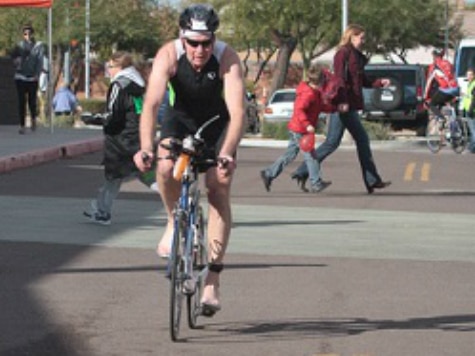
Swim
A quick transition from the bike to swim helped me pass one guy in my age group. While he had finished the bike leg ahead of me, I beat him into the pool.
However, the glory was short lived. During the first of the 16 lengths of the 25 yard pool, he passed me. At the end of each of the lanes, we ducked under the rope to swim to the opposite end of the pool in the next lane.
I finished the swim and exited the pool to cross the finish line, clean and refreshed from the run and bike legs.
Lessons from the Arizona Triathlon
The triathlon results were also, in some ways, reversed.
With less than 100 participants, this race was small relative to most triathlons. Within my age group – males 60 years and older – there were four participants.
Ironically, the oldest competitor in our age group, a man of over 70 years, took first place within our age group. On the other hand, the youngest competitor, me, placed fourth.
A bright spot is that all of us finished well within the top half of all participants.
Once again, I learned humility and respect for the mental and physical ability of our community of Senior Triathletes.
Race Firsts
- First reverse triathlon.
- The Arizona triathlon was the first with part of the run course on a track.
- This was my first triathlon with the swim in an outdoor pool.
- First race that served as a fundraiser for a Synchronized Swim Team.
Arizona Triathlon as a Fundraiser
Tri Catching Cupid doubled as a fundraiser for the Arizona Desert Dolphins Synchronized Swim Team (Reason #2 of ‘15 Reasons for Those 50 and Older to Do Triathlons‘).
Following the race, all participants and spectators were treated – and it truly was a treat – to a demonstration by the Arizona Desert Dolphins Synchronized Swim Team. The athletes made synchronized swimming look easy even though it is far from easy. Synchronized swimming demands advanced water skills, significant strength, endurance, and flexibility. It also requires exceptional grace and precision timing.
Triathlon as a Family Reunion
Joy and I have been rewarded by prioritizing triathlons based on the location of family and friends. While we did eventually see these aunts and uncle again, this long weekend was among the last times we were with them before they passed away. We now look back with fondness at the time we had with them around this triathlon.
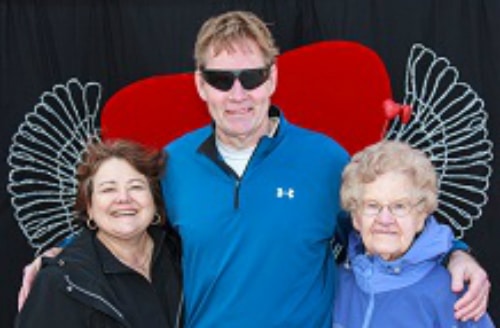
Leave Your Questions and Comments Below
What are your thoughts about reverse triathlon? Do you like them or not? Why? Tell us in the Comments below.
Comments: Please note that I review all comments before they are posted. You will be notified by email when your comment is approved. Even if you do not submit a comment, you may subscribe to be notified when a comment is published.
This post was first published on January 1, 2017. At the latest update on May 11, 2020, it appears that this triathlon was last competed in February 2016.


